I went to Bonham street today and looked at, among other things, a bunch of loose puerh. That, I think, is also an important thing related to prices. Loose puerh in general do not come with packaging, at least not in the “this is vintage xxx from xxx factory” way that cakes/bricks/tuos do. So when you pay for it — you’re paying for the quality of the tea, with no reference to who made it, etc.
Unfortunately, the lack of information I talked about earlier makes it so that there is a serious hunger for any sort of information. I remember recently reading an article in the Economist, I think, that says studies show that human behaviour is easily affected by those surrounding them. A music store online that shows how often a song has been downloaded will see sales gravitate towards the few “winners”, whereas stores that don’t show such information will have a more even spread of sales. The herd instinct is alive and well.
The same is true for puerh, especially in a marketplace as crazy as puerh market is right now. Any sort of hype surrounding any sort of product will often create a buzz among puerh collectors. An article in a magazine, a good review from an “expert”, or even just a well documented thread on a place like Sanzui can create a buzz for a particular product that will drive the price up. I’ve fallen into the same trick. When BBB and I bought the Mengku stuff partly because I heard about it from online sources, etc, which in turn came from an article in a magazine. Prices for said tea shot up over the past few months, as far as I can tell, and somebody’s profitting from it.
Is that tea necessarily that good though? When we tried it, the Yuanyexiang was not that much better than the 2002 cake we also tried, but the price was much higher. The price differential is even larger now. Why did these people buy it though? Is it really because the tea is that superior? Or is it just because somebody talked about it, written a good review, and …?? I’m not so sure anymore. These products that are featured are also often used as a “guiding” product, and the prices of EVERYTHING produced by said factories will tend to go up after an episode of such a price rise. It’s unfortunate, but in an arena with such a lack of information…. price changes in one thing is often the only piece of info that is seen by the general consumer, and will affect a lot of other things and pull prices up all over.
So the loose tea offers a good lesson. Buy the tea based on how the tea is, not on what other people have to say about it. It’s extremely difficult to do that, however. Doing blind tests help. Doing head-to-head tastings help. It’s not easy to be objective when you know that one of the teas you’re brewing is going to cost you $90 and the other is $10.
The other thing is that it entirely depends on what you want to do with the tea. Are you buying it for drinking now? Drinking later? Trading for something else later? Selling? Investment? Those all affect the purchasing decision. If one were to buy something for investment, for example, you would want to buy a tea with a brand name, a pedigree. Those command a premium right now, but those will also have a more reliable future price. On the other hand, if one were to buy teas for one’s own consumption in the future, then it might be best to buy cheaper teas right now.
Are these “wild”, “old”, “arbour” teas really going to be 10x, 20x better than the plantation tea, 20 years down the road? Does anybody know? After all, most of the classic teas that are so highly valued today are plantation stuff. I personally don’t know the answer to this question, and I’m not sure if anybody really does. Those who claim they do generally have a heavy financial stake in the business, so I’m not even sure if any of those words can be trusted. The claim is that these old tea trees will yield a better product, will age with more qi, more depth, more complexity, etc. I’ve had some 10 years old “big tree” teas, and while they’re decent…. I’m not sure if the price differential now between old tree and plantation tea will really show in the future anymore.
Which is why these days I’ve been buying some cheaper stuff…. I think at this point, where I don’t know the answer to such questions, I am just going to have to apply the shotgun method and buy something of everything so that I will have something good to drink down the line, and also I will have learned something useful. It is also why I tend to buy teas that aren’t made by big factories, because they command a premium that I don’t think necessarily reflects the quality of the tea itself. Maybe 10 years from now, I will know better what will really age well, and what won’t. Right now, however, I am afraid I don’t have a good grip on such questions.
Unfortunately, nobody who knows something about this seems willing to talk about it. I have rarely, if ever, seen real recommendations on how to select tea without talking about specific products. Or, they are phrased in such vague terms that they are hardly useful. Perhaps at the end of the day, it takes experience to do such things…. I wish I could offer more, but at this point, I don’t want to mislead anybody 🙂
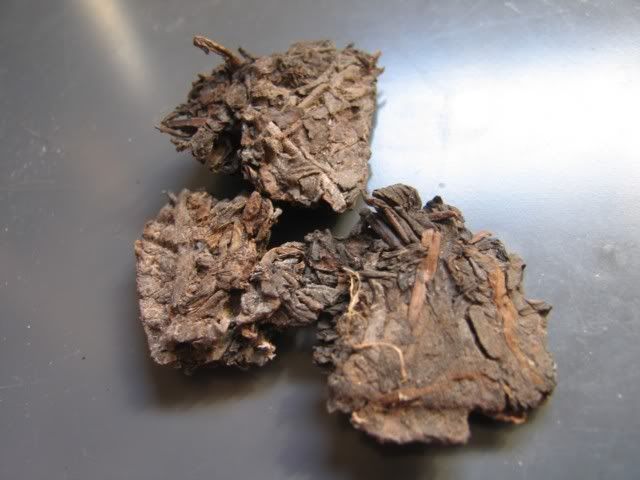
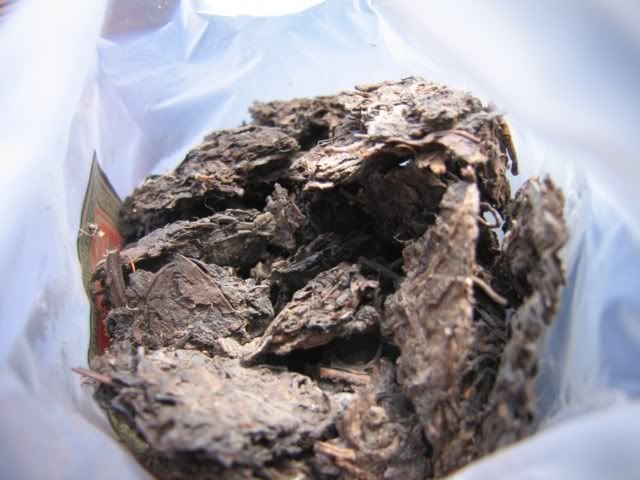
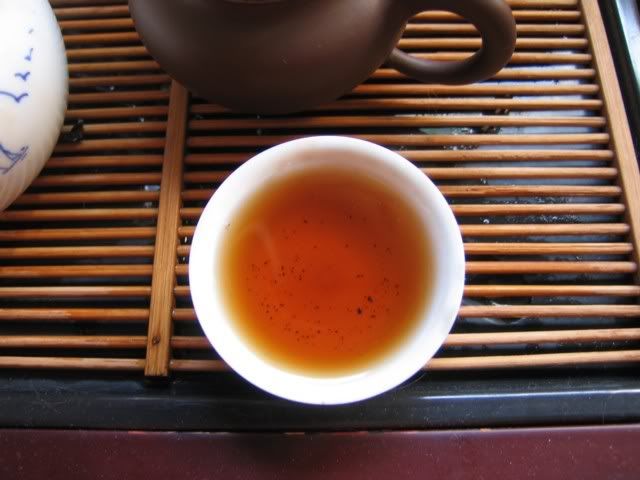
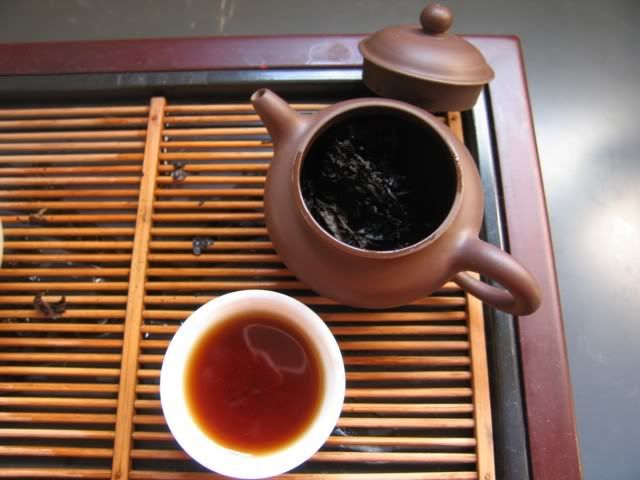
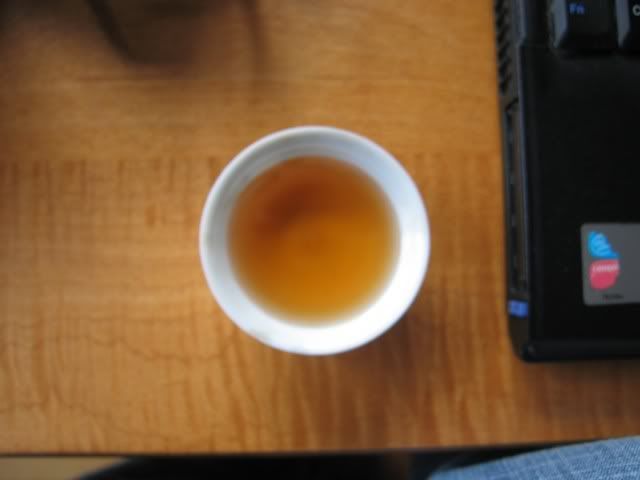
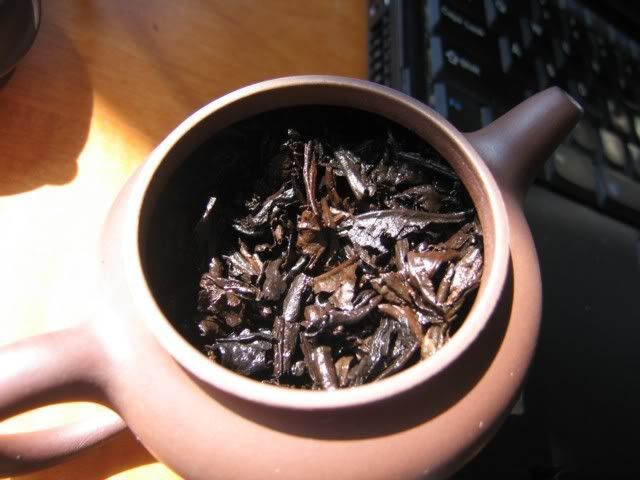




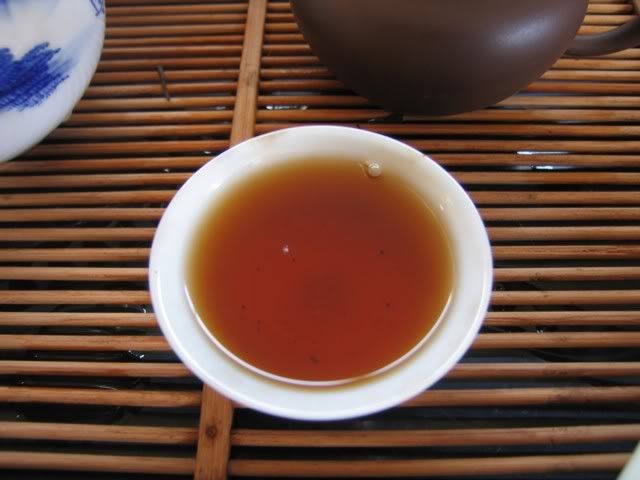
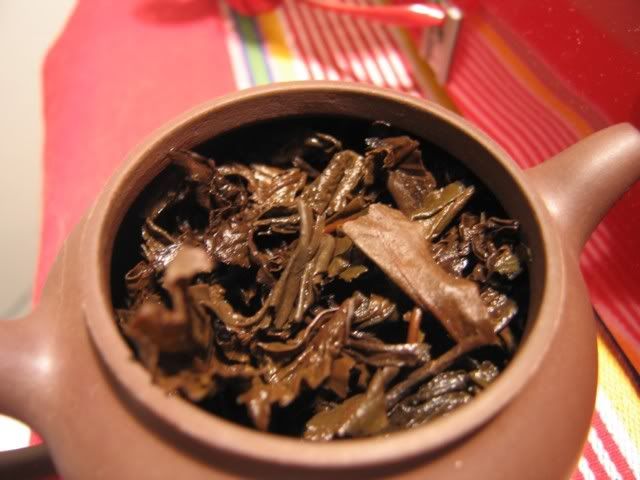

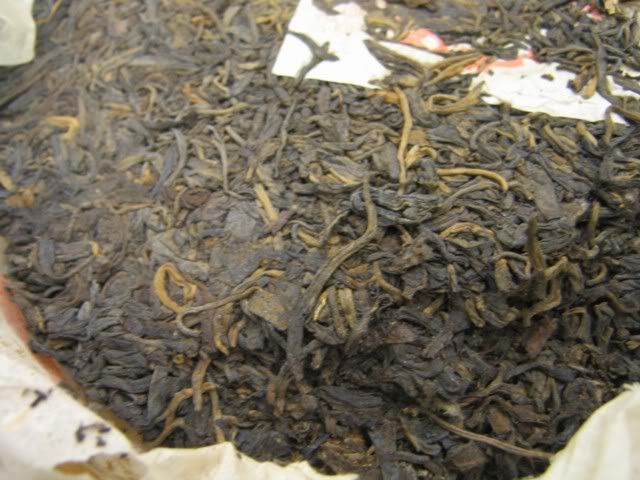
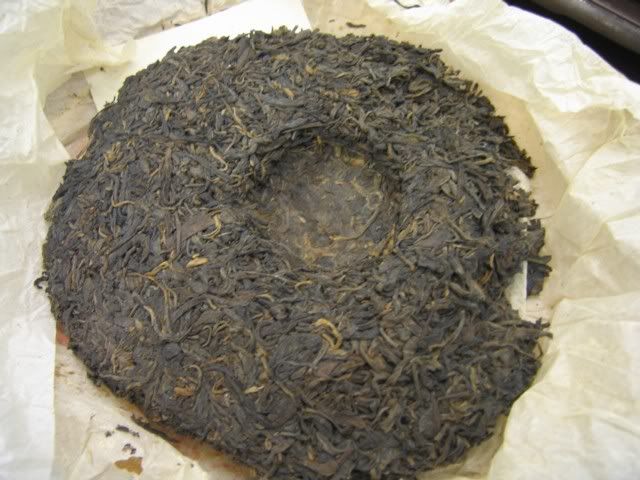
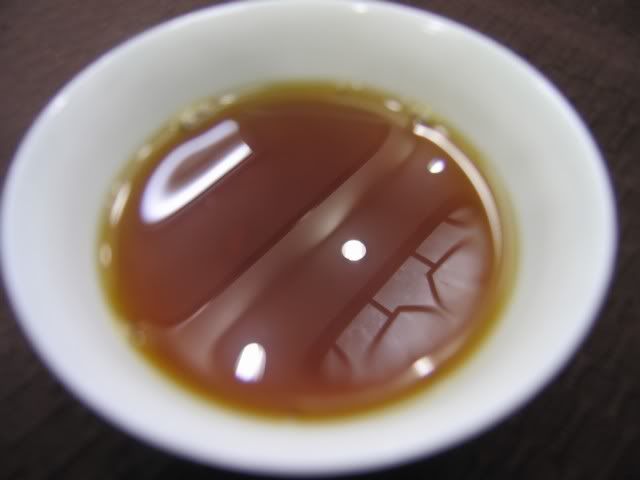
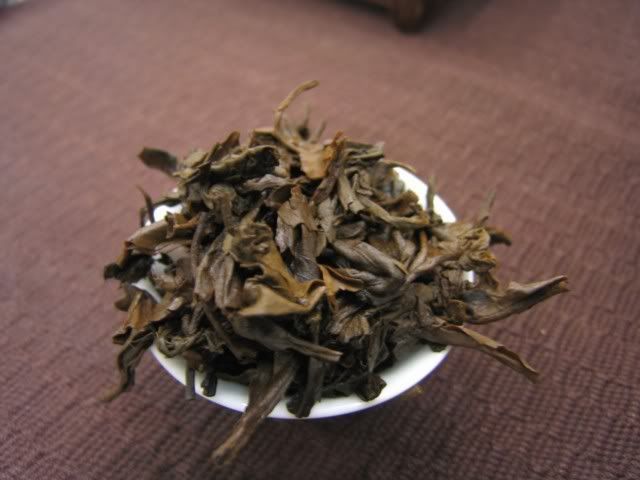
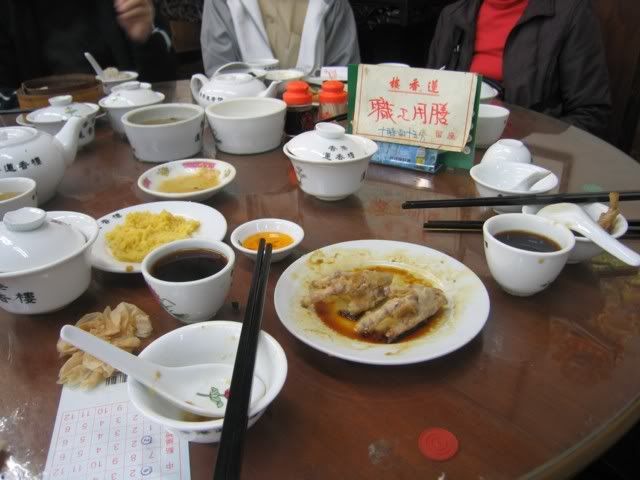
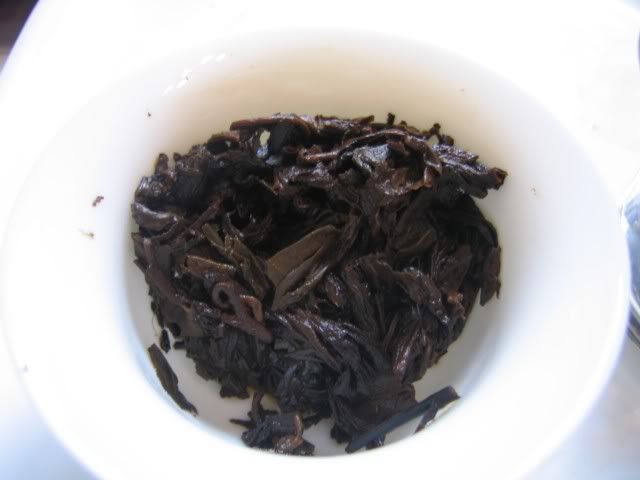
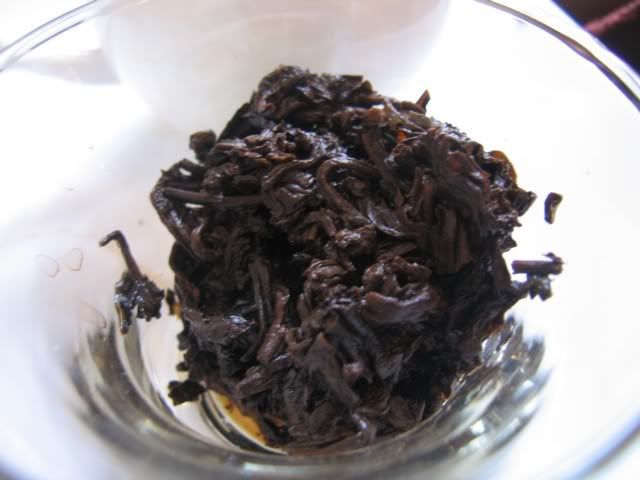
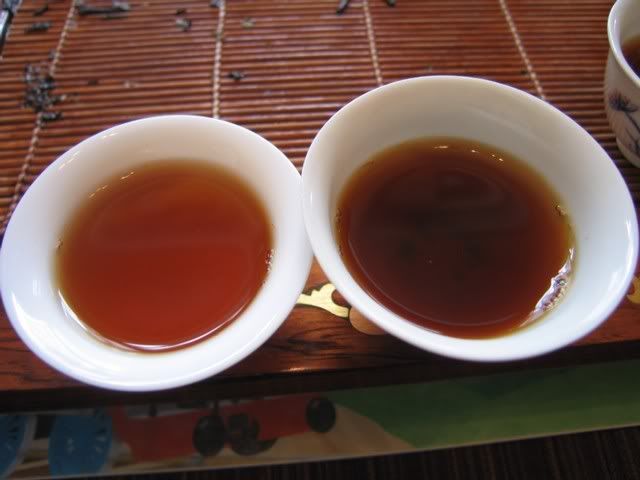



Yeah whisky prices have been leaking too, as well as luxury watches. I wrote a post maybe a decade ago…